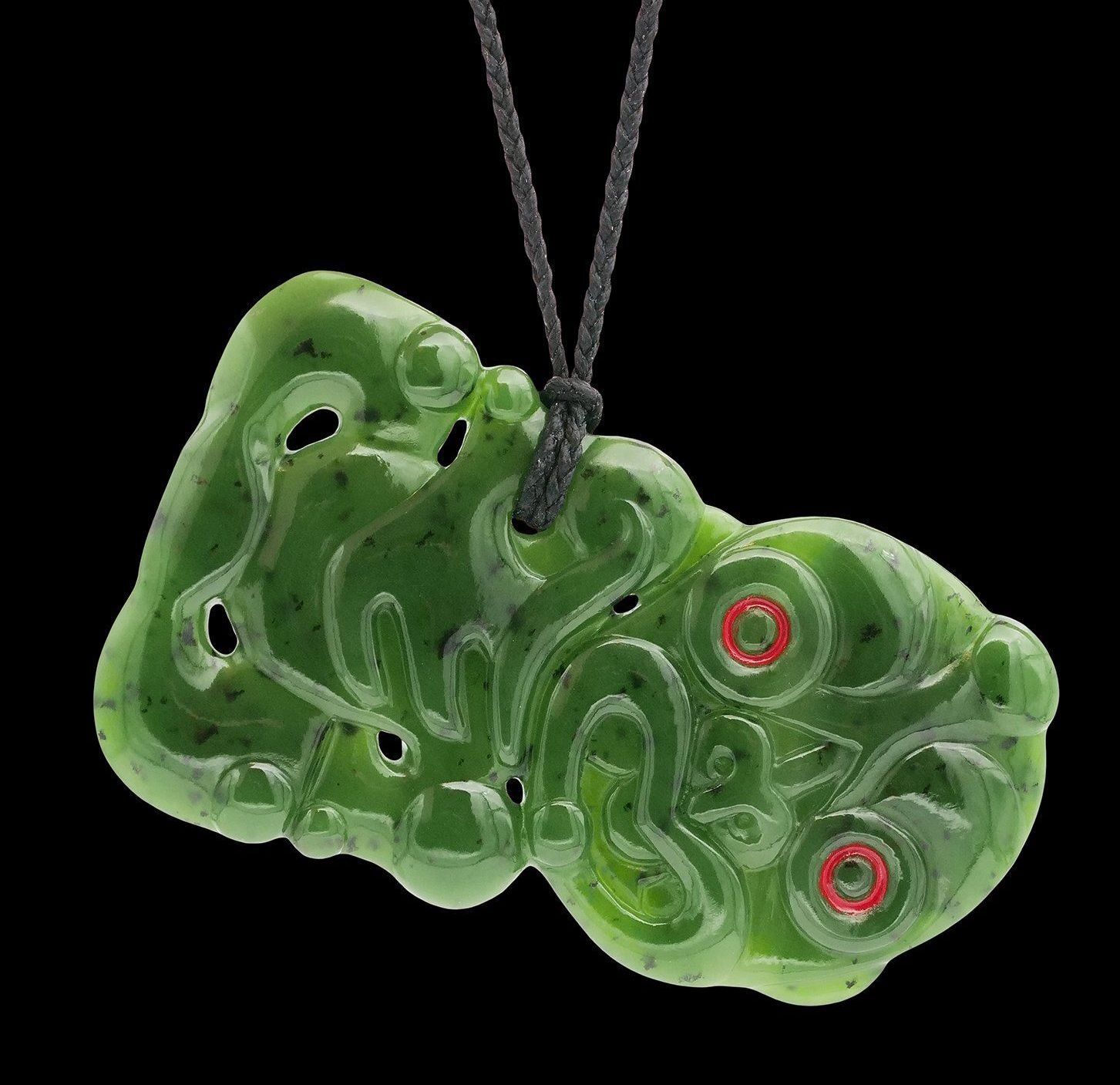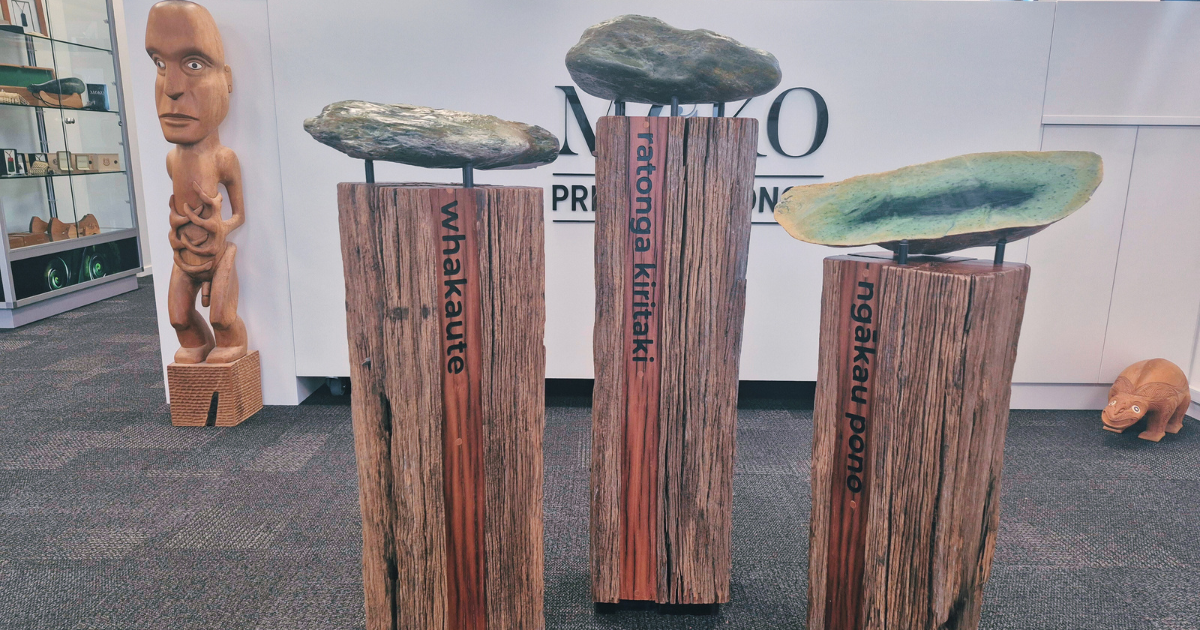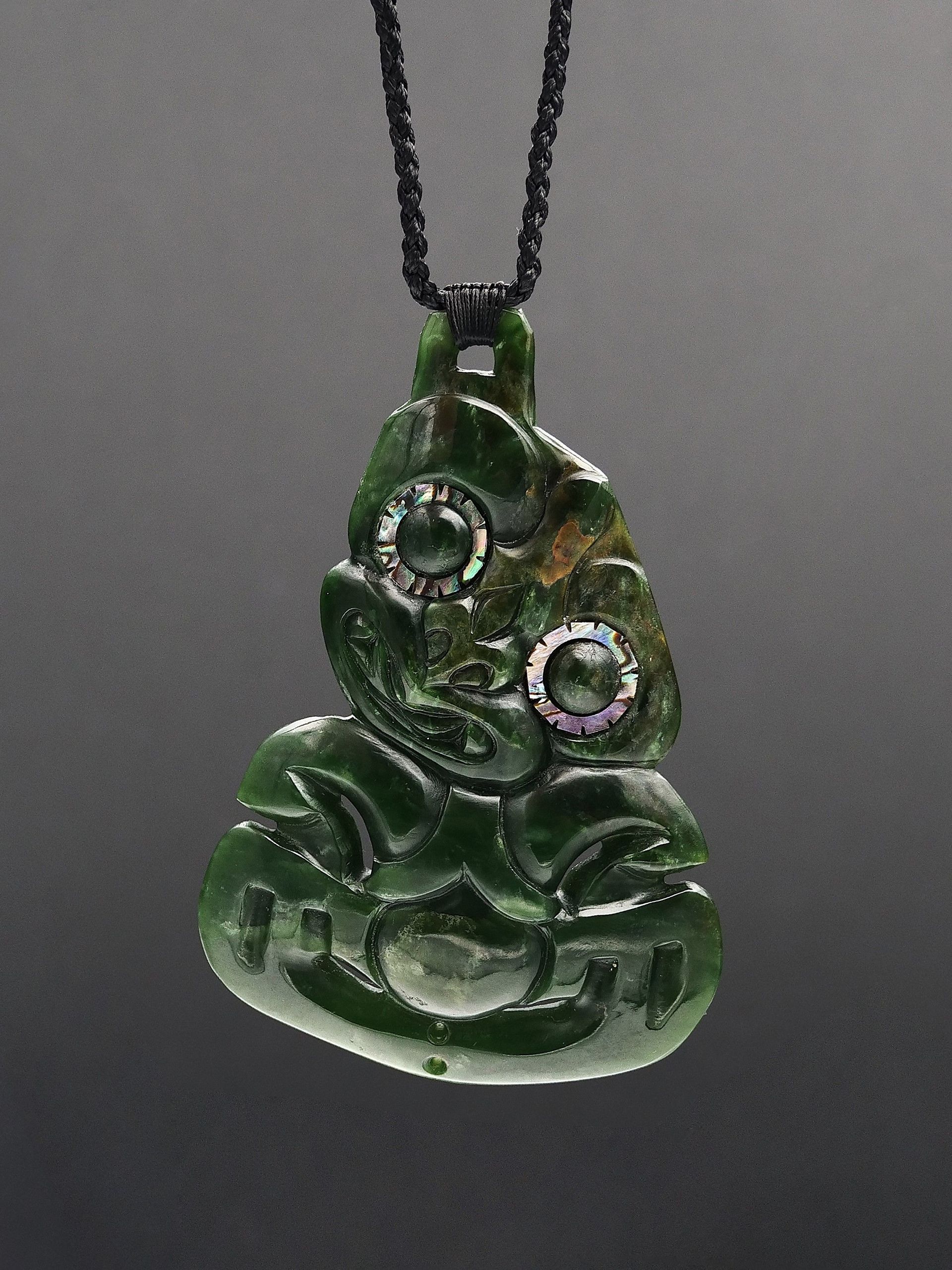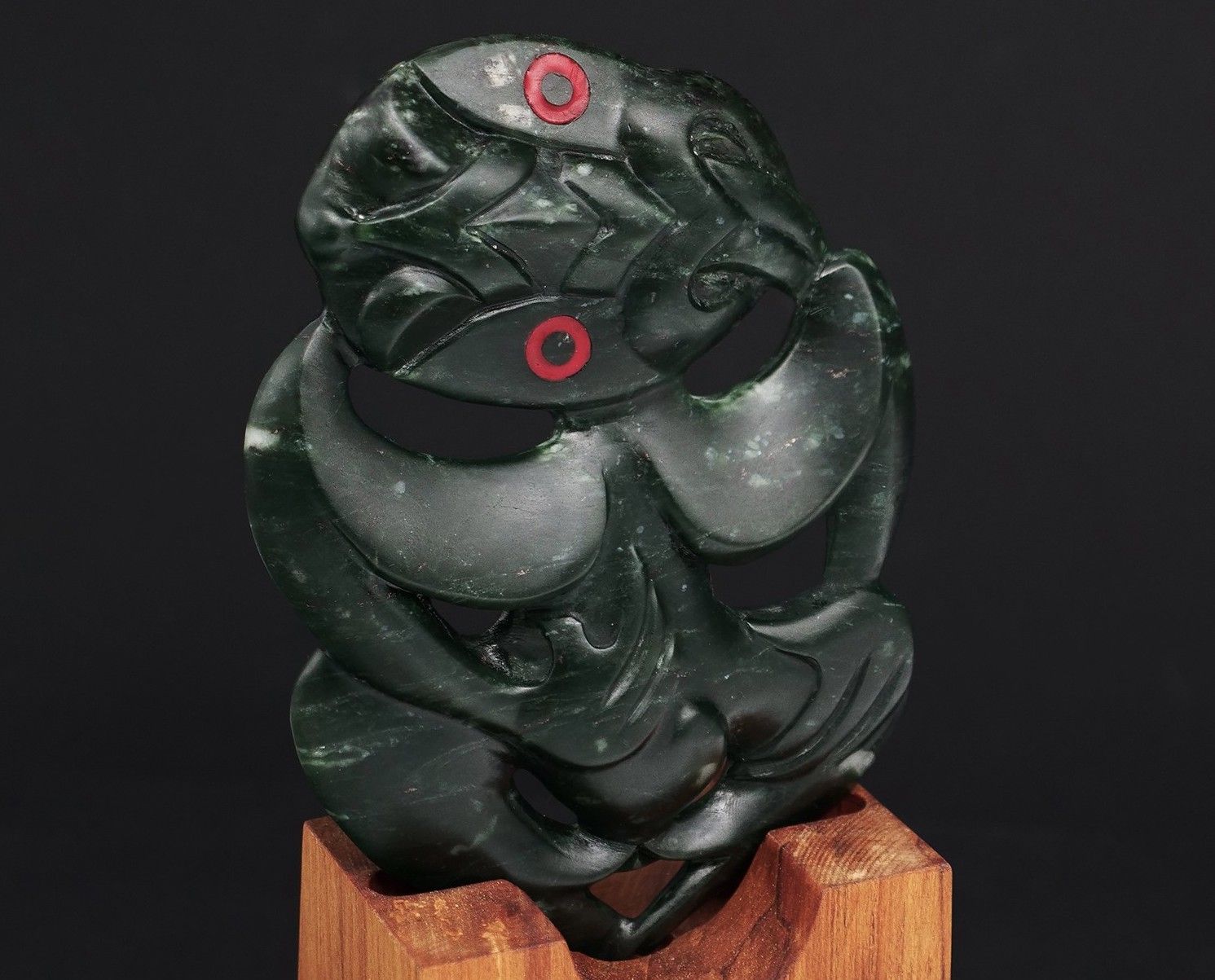
Exploring the Origin Stories of Hei Tiki
Grooved eyes, raised knuckles and distinctive features...
There are many customary uses and meanings attached to hei tiki. One view is that they constitute an ancient form which has been continually reinterpreted, so that many of the current meanings for the form are of comparatively recent origin.
An adaptation of this view is favoured here, as it allows for a diverse range of uses and meanings co-existing at any one time, with the likelihood that so-called new uses and meanings are often old uses and meanings which have been brought to the fore again due to changing circumstances.
Hei tiki are multifaceted taonga. They embody a range of meanings and purposes on which emphasis can change from day to day, moment to moment, or between different historical time periods and tribal localities, depending on social occasion or circumstance.
The meaning of the name 'hei tiki ' can be explained by breaking it down into its separate parts. The word hei denotes something worn around the neck. (Hei and 'hei' are names for the collarbones; the hei delineate that part of the upper body upon which hei tiki and other neck adornments naturally rest.)
Tiki is a generic word used by Maori and other Polynesian cultures for human images, large or small, whether carved in wood, stone, bone, or some other material.
A hei tiki is therefore an image carved in human form that is worn suspended around the neck. At Moko Pounamu, we also have tiki in our collections of sculptures and these are not referred to as hei tiki since they are not pendants.
Tiki as the First Man
It is sometimes explained that Tiki was the first man created by Tane. According to some traditions, Tiki and Hine ahu-one were the first human pair. Others consider Tiki, or Tiki-ahua, to be an atua himself, and the progenitor of humankind. Man god, or demi-god, there seems to be consensus that humankind descends from Tiki's lineage.
Tiki is an early expression for humanity and was used as an accolade to designate persons of high birth. That these pendants take their name from the human form in a general sense, rather than represent Tiki himself, is indicated by the fact that when the sex of early hei tiki is shown they are invariably female.
Ngahue and Poutini
A
pakiwaitara (traditional story) tells of how the ancestor-like god Ngahue fled from tropical Hawaiki, the ancestral homeland, with his coveted pounamu fish Poutini. They were chased away by Hine-tua hoanga and her abrasive cutting stone Whaiapu.
After a long journey Ngahue and Poutini made landfall at Tuhua (Mayor Island) in the Bay of Plenty. But they soon sensed the arrival of their foe and continued onwards, arriving at length at the remote Arahura River on the South Island's West Coast.
Here Ngahue deposited Poutini, making this an eternal resting place for his precious stone. He then returned to Hawaiki with a portion of pounamu taken from the side of his fish.
Back in Hawaiki, Ngahue told the people of the richness of the large land he had discovered. He worked upon the pounamu to fashion the first hei tiki adornments, making also kuru-pounamu (ear pendants) and toki (adzes). The adzes were used to construct ocean-going canoes, and voyages of settlement began, bringing the people and their pounamu treasures to Aotearoa.
Hine-te-iwaiwa
Another hei tiki creation narrative involves Hine-te-iwaiwa and is set in tropical Polynesia. Hine-te-iwaiwa was a goddess of exceptional beauty, who acquired the first hei tiki as a gift from her father, Tane.
Another name by which Hine-te-iwaiwa is known is Hinauri. Hinauri was married to Irawaru; a dispute arose in which Irawaru was transformed into a dog by his brother-in law, Maui.
One account says Hinauri threw herself into the sea out of grief for the loss of her husband, and she eventually came ashore at the island home of Tinirau, who was highly regarded as the most handsome man of his time.
Other versions say that Hinauri/Hine-te-iwaiwa had heard of Tinirau, and she made her way to his island either by swimming or by sailing upon a shellfish. She and Tinirau then slept together, and this angered Tinirau's other wives, Makai-atua-uriuri and Makai-atua-hachae. A fight took place in which Hine-te-iwaiwa killed these two co-wives.
In one account, she killed the women by intoning a powerful karakia (incantation) and by throwing stones at them. As they were hit the women's bodies burst open, letting forth a mass of greenstone, and it was by this means that
pounamu had its origins.
Moko Pounamu Knowledge Library








